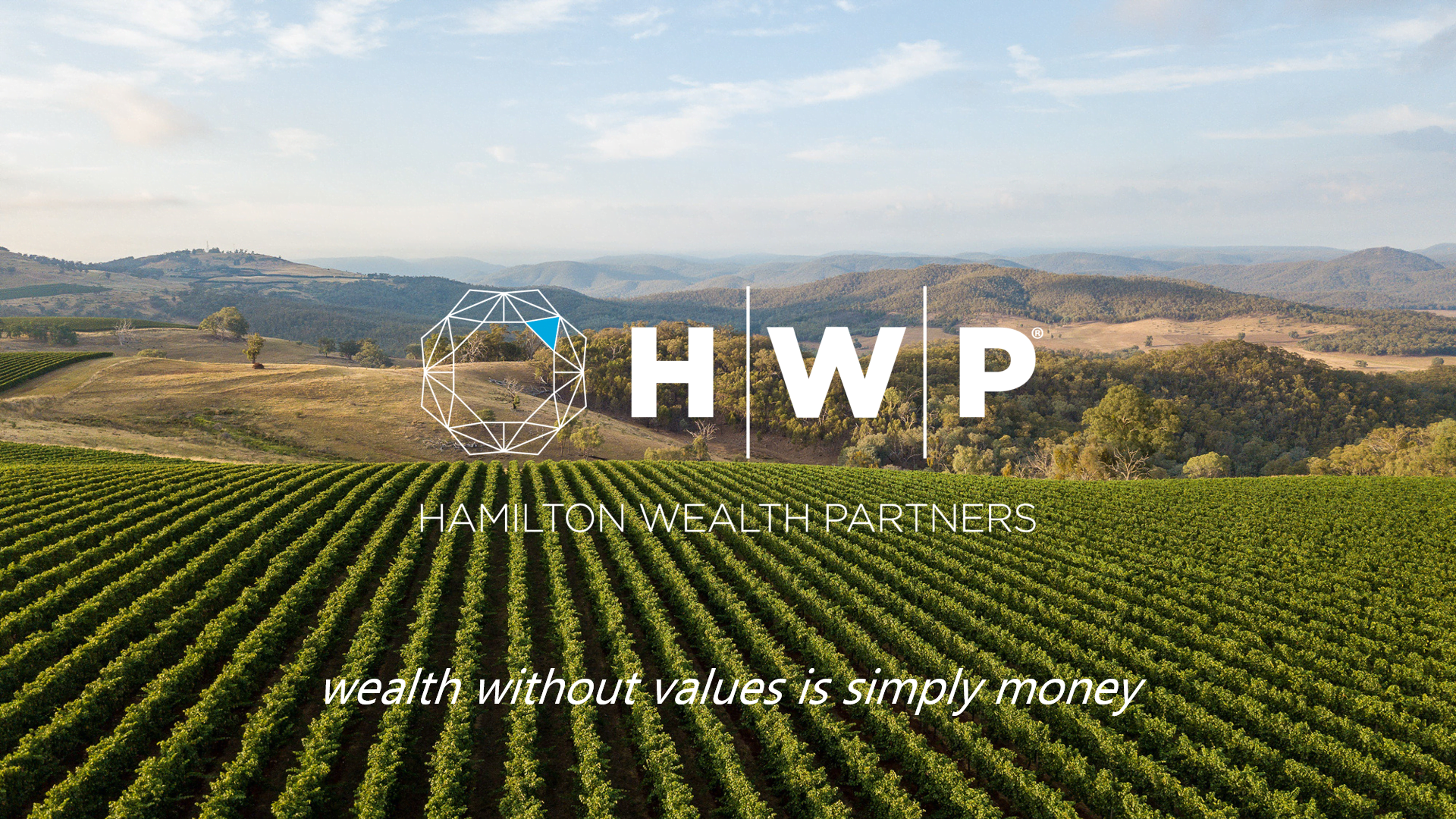This months Insight is longer than our normal quarterly review of asset classes, so we have kept the asset class review brief as a result.
On September 18th we saw the Federal Reserve (the Fed), decrease interest rates by 50 basis points or 0.5 per cent to 4.75-5.00 per cent, which commences the rate cutting cycle in the United States.
You may recall that the Fed commenced increasing rates on the 17th March 2022 by 0.25 per cent to 0.25 – 0.5 per cent and subsequently followed up with an additional 10 rate increases, with the last being on July 26th, 2023 to a peak of 5.25 – 5.50 per cent.
Capital Economics believes neutral interest rate in the US is 3.25% and they anticipate the US getting to this point late next year. The US Fed believes neutral is a touch lower at 2.9% and they expect to get there by the end of 2026, the market is pricing a similar neutral rate of 2.9% by the end of 2025, a full year earlier than Fed expectations.
Market commentators have suggested investors should view last week’s 50 basis point US rate cut as two 25 basis point cuts, meaning the Fed has indirectly admitted it was marginally late to commencing its interest rate cutting cycle. We anticipate a further two 25 basis point cuts by the US before the end of this year,
We also visited the United States in the final 50 days before the US election.
We visited industry leaders in Boston, New York and LA. Our insight from these meetings is that investors considering what an environment may or may not look like post-election can easily be blinded by the individuals in the race. Voters are not only investing in either political candidate, they are investing in corporate America – which is global in its reach and operations.
There was broad consensus that the Democrats will win the House, and the Republicans the Senate. The individual presenter’s political bias then determined who they favoured for the Presidency. There was also broad consensus that the election of the President would be close, despite people on both sides of politics being in agreement that Harris would win the popular vote. However, when it came to electoral college votes, the feeling was that as few as 100,000 votes in the swing states of Pennsylvania, North Carolina, Arizona, Georgia, Michigan, Nevada and Wisconsin is what would determine the outcome.
Some months ago, we highlighted the importance of ‘looking around’ scenarios. By that we meant having a broader and perhaps longer-term view. Using that approach, making a prediction on the US market based on an emotional view of a Presidential candidate is fraught with danger.
Since the S&P 500 was launched in the US in 1957, it has closed higher at the end of a President’s term for every President except George W Bush. He had both the dot.com bubble and 9/11 to contend with!
In November this year, a win by either candidate could lead to higher inflation and the potential from the Fed to reverse the direction of interest rates later on in 2025 or 2026. Why we say “could”, is that it depends on whether or not the candidates carry through on what they frame as their policies now – or on what is being predicted.
Trump is proposing to increase tariffs to 10 per cent across the board and 60 per cent with China. This could lead to retaliatory tariffs back from the EU and China.
Tariffs in the US presently average three per cent and if Trump’s tariff proposals were to be introduced it’s estimated they would cause an increase to an average of 16 per cent. This would not just have a one-off inflationary effect but would lead to more prolonged inflation. That’s because companies cannot relocate their manufacturing facilities overnight – for instance from China to another country location. Even if this could happen quickly, it would also be expensive.
Harris is expected to have an extensive economic agenda, but it hasn’t been laid out as yet. Whatever it looks like, it may also be costly and potentially include a reversal of the Trump tax cuts when they expire.
It’s anticipated that both candidates will also pursue a continuation of spending. That means budget deficits and pressure on the Fed when it comes to monetary policy.
Whilst we have already seen EU rate cuts and expect more to come, as we discuss above, the US rate cutting cycle is only just getting underway.
However, in Australia, we don’t think we will see rate cuts until the end of the first quarter next year. That’s due to the persistence of inflation and because interest rates were not lifted here as much as those in other developed countries.
Inflation is not entirely under control globally either. Yes, the trend is down, and we believe in the US will get to between two and three per cent. But I expect it to stay closer to the three per cent as services and housing remain a challenge.
Banks in the US are acting late cycle. They are holding back from lending at previous levels and stress, especially in credit cards, is picking up.
This consolidates our view of a soft landing.
A recession has been called for well over a year, and markets could still enter a period we need to look closely at in late 2025. Whilst many have been calling a recession it’s worth looking at a similar time in our recent history. In1993/1994, we experienced a rate hiking cycle, and a soft landing, not just escaping a recession but, due to technology and innovation, instead there was a period of growth.
Equities
Domestic and US equities reached new all-time highs as we ended the calendar quarter, with local shares supported by strong stimulus measures akin to helicopter money handouts from China, that were aimed at stimulating their tepid consumer. Global equities regained momentum following the commencement of US interest rate cuts and AI enthusiasm was reignited by strong results from US chip manufacturer Micron Technology.
Bonds
Bonds rallied strongly in both the US and Australia over the quarter, with the largest fall in yields being in shorter dated maturities where the 2-year yield in the US fell from 4.75 per cent to 3.55 per cent. In the US the yield spread between 2-year and 10-year government bonds also turned positive for the first time in over two years as the likelihood of a recession fell away. Yields fell by 50 basis points or more across all maturities in Australia also, but the delayed rate cutting cycle here will limit any further falls this year.
Property
Domestic listed property AREITs outperformed during the quarter as gains across sub-sectors including retail, office and diversified property outperformed the previously strong performing industrial growth sub-sectors. The commencement of rate cutting cycles outside of Australia largely explain the moves, as investors try to get ahead of the domestic cutting cycle that looks likely to commence towards the beginning of next year. Lower cash yields have historically pushed investors into higher yielding parts of the market such as property.
Unlisted property continues to vary based on region and sub-sector, with demand and supply drivers leading to healthier commercial markets in Brisbane, whilst higher vacancies in Melbourne suggest their office market is yet to bottom.
Summary
What we are experiencing now is a lack of conviction amongst investors. Many simply have not believed in the US market rally of the last twelve months.
The months of September and October are generally weaker and more volatile in markets.
Hedge Funds are not betting against technology, therefore use any weakness to ensure you have a quality and growth exposure to equity markets.
And as we always remind investors, remaining diversified within and amongst asset classes is important and even more so as we expect volatility to return.


Login to …